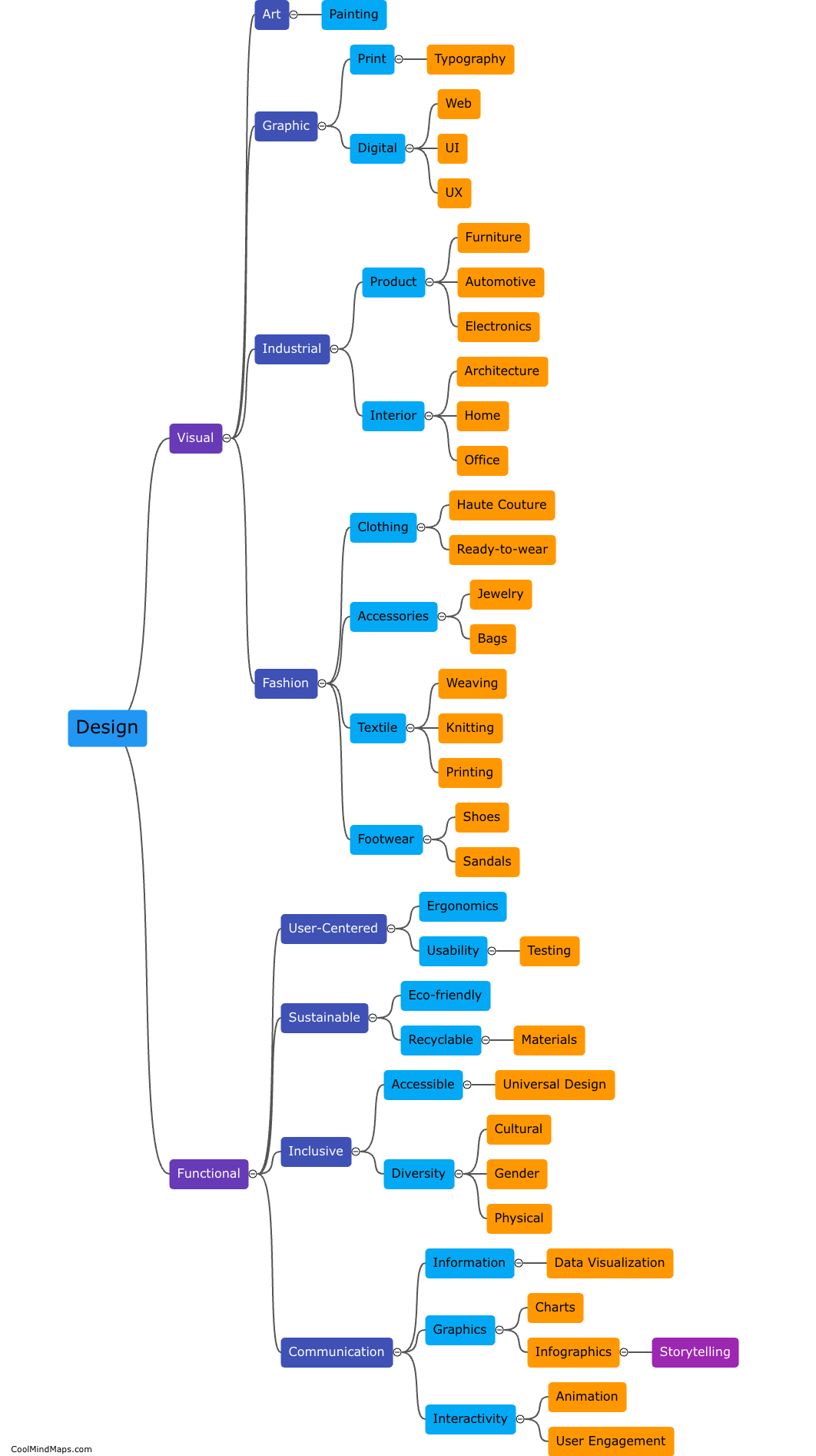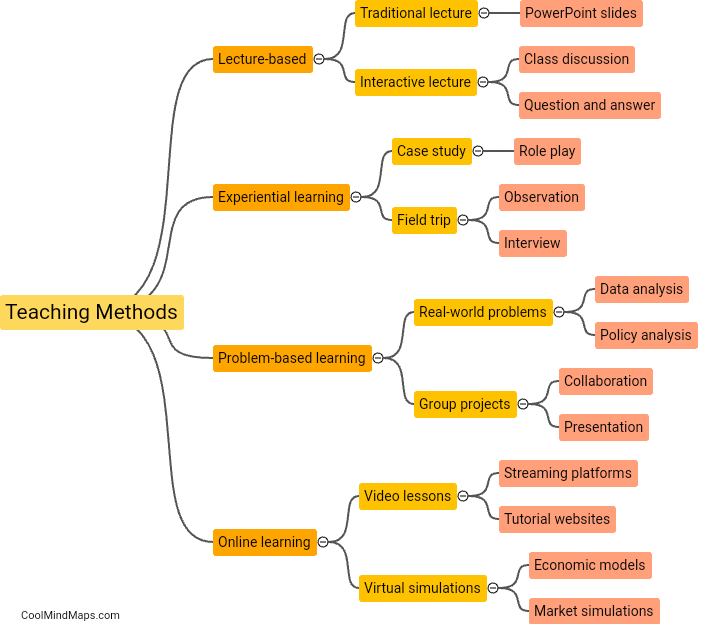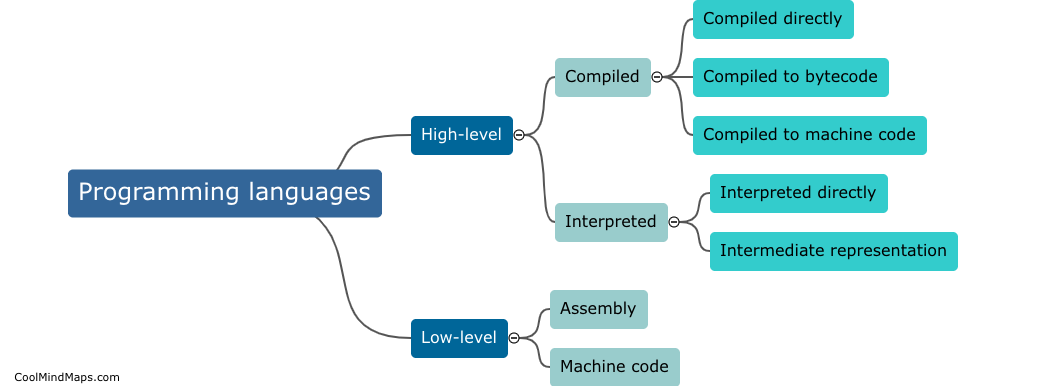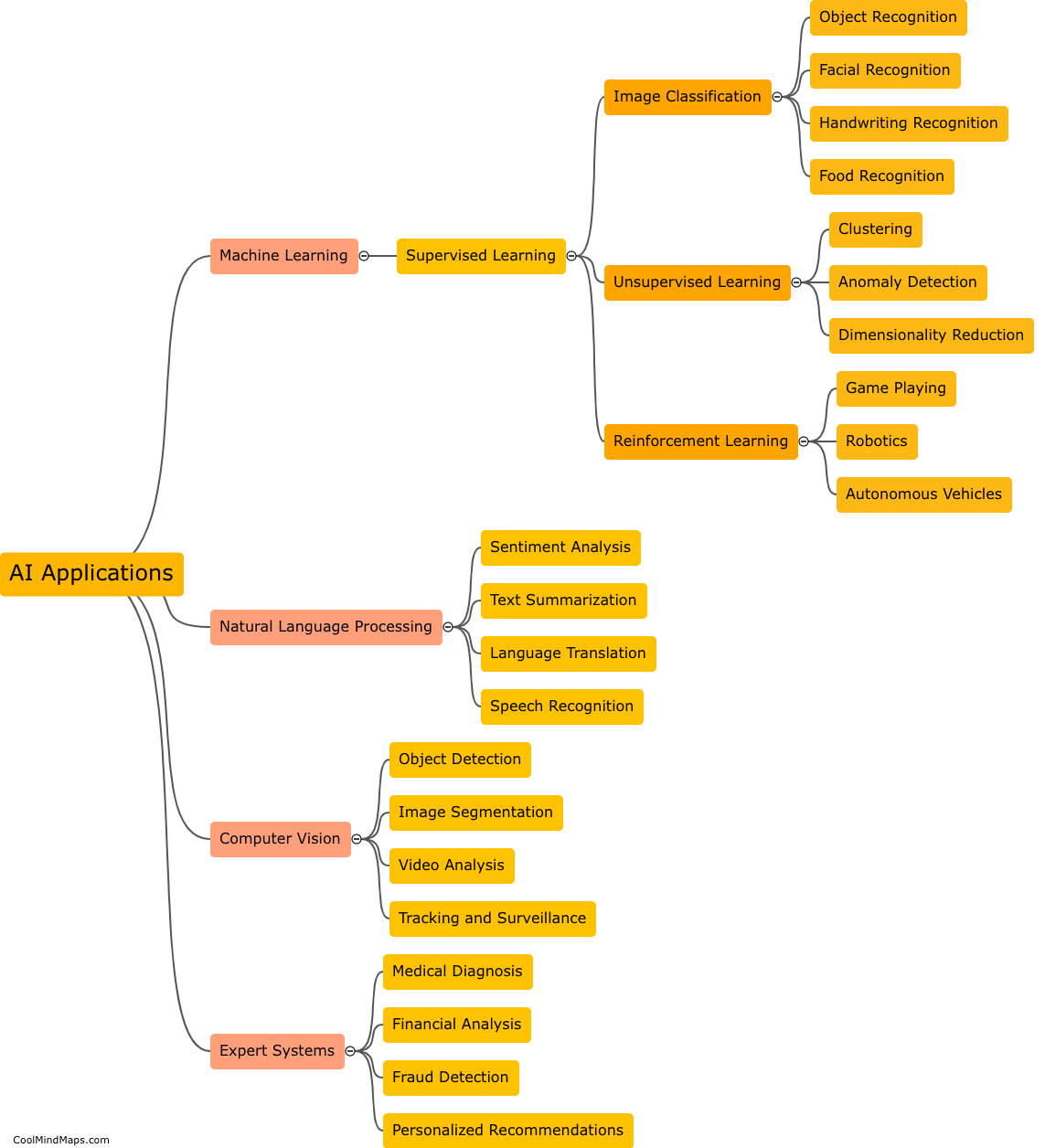What is a Type I error?
A Type I error, also known as a false positive, refers to a mistake made in statistical hypothesis testing. It occurs when a null hypothesis, which assumes no relationship or difference between variables, is incorrectly rejected in favor of an alternative hypothesis. In other words, it is a false alarm where researchers mistakenly conclude there is a significant effect or relationship when there is actually none. The probability of committing a Type I error is denoted as α (alpha), which is the level of significance chosen by researchers to set the threshold for rejecting the null hypothesis. A Type I error can lead to erroneous conclusions and can be particularly problematic in scientific research, clinical trials, and legal proceedings, among others.

This mind map was published on 13 October 2023 and has been viewed 91 times.











